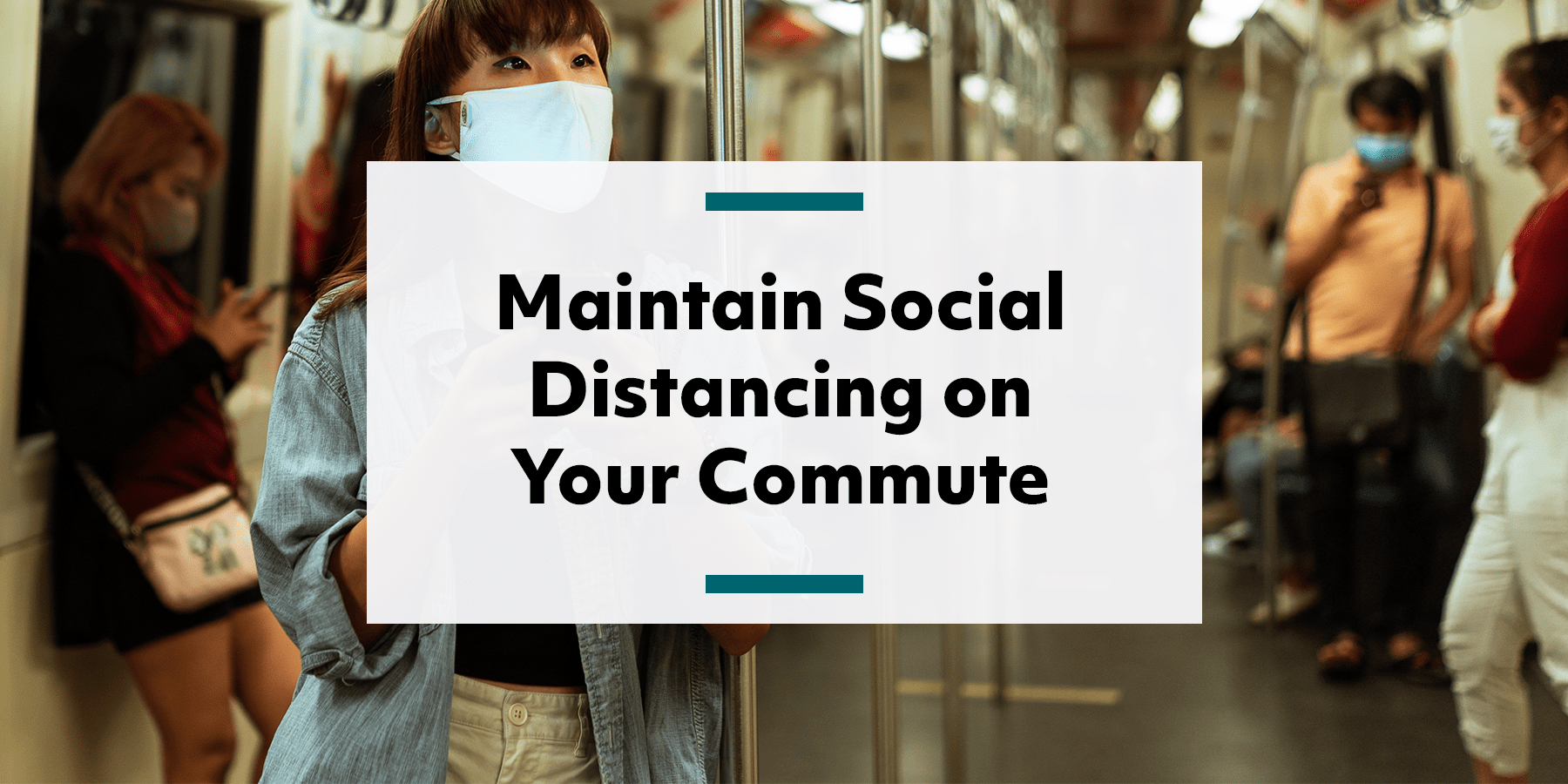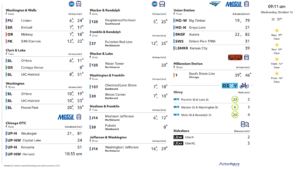Successful vaccination campaigns have allowed the slow reopening of society, and many American professionals will soon find themselves returning to their offices for the first time in over a year. Dr. Marissa Baker, director of the University of Washington’s industrial hygiene training program, says that this transition back to the workplace is a crucial time for management and employees, and communication is key to success. “There’s going to be a learning curve,” says Baker, “There’s not one plan that fits all offices and workers.”

On top of workplace adjustments, one obstacle that employees will have to face — and one that their employers must provide support for — is getting from their homes to the office, and back. As cities find newer solutions to support this transition, here are three ways workers can stay safe and maintain social distancing on their daily commutes:
Go on two feet — or two wheels
The Centers for Disease Control and Prevention (CDC) sparked controversy when it released guidelines advising individuals to drive to work by themselves for safety reasons. The move raised concerns over congestion and emissions, and Lawrence Frank, an urban planning and public health professor at the University of British Columbia, describes this public health strategy as “like prescribing sugar to reduce tooth decay.”
Aside from the environmental concerns, not every employee has access to their own vehicle, and not every city is conducive to private vehicle use. Instead, what workers can do is to walk or bike whenever possible. By commuting individually by foot or by two wheels, you can minimize your exposure.
The idea of cycling as a primary mode of transportation has been on the rise in recent years with cities like Chicago, Minneapolis, and Philadelphia leading the way with robust bike networks and bike sharing systems. If you don’t have a bike, be sure to check whether your local government or civil society has a bike sharing system in play.
Take advantage of technology
While the CDC is correct to encourage individual commuting, it may not be possible for everyone. That’s why if you’re taking a train or a bus, then it’s best to take advantage of new and emerging technologies designed to reduce your risk of contracting a disease.
For one, you can minimize exposure by going for contactless fare payments, such as New York City’s OMNY tap-and-go payment system for subways, buses, and commuter rails. The same goes for commuters in and around the nation’s capital. The Washington Metropolitan Area Transit Authority (WMATA) now allows riders to add their metrocard to their Apple Wallet for contactless payment.
Employers can also make use of commute management solutions like CommuteWise. This platform takes employees’ preferences on everything from price, how much exercise they’d like to get, if they’d like to prioritize a low-emissions commute, and more, and generates a commute plan for them that best matches their priorities.. Newer features even provide crowding data for cities like Boston and Los Angeles to help employees and employers make informed decisions about their daily commute.
Stay vigilant
Last but not least is to stay vigilant every step of the way. Despite most cities and states now opening up and easing restrictions, this is no time to be complacent. Pay attention to floor markings and other visual signs for distancing, and if a bus or train is crowded, then wait for the next one to arrive. Be sure to wear a mask at all times.
Moreover, it’s still a good idea to avoid touching things, like train doors or trash cans. This also goes for not touching coworkers and acquaintances you might encounter on your commute. Dr. Dustin York, director of online communication degree programs at Maryville University, advises avoiding the urge to shake hands. Though handshaking is a practice that we can trace back to the 5th century BC to show goodwill, it will have to evolve to accommodate today’s needs. Some of Dr. York’s favorite alternatives, which he lists in a piece published by The Hill, is the small bow practiced by Thais, and the Arab gesture of placing your right hand over your heart to express gratitude and warmth to another.
And finally, make sure you practice good hand hygiene. After arriving at the office or your home, wash your hands with soap and water for at least 20 seconds to help ensure that you are not bringing the virus to your destination. It’s also good to avoid touching your eyes, nose, or mouth — especially with unwashed hands.
Do you still have questions about commuting in these unique times? Check out TransitScreen’s website and talk to a member of our sales team!
Post specially written for actionfigure.ai – Prepared by Alexa Cassie




